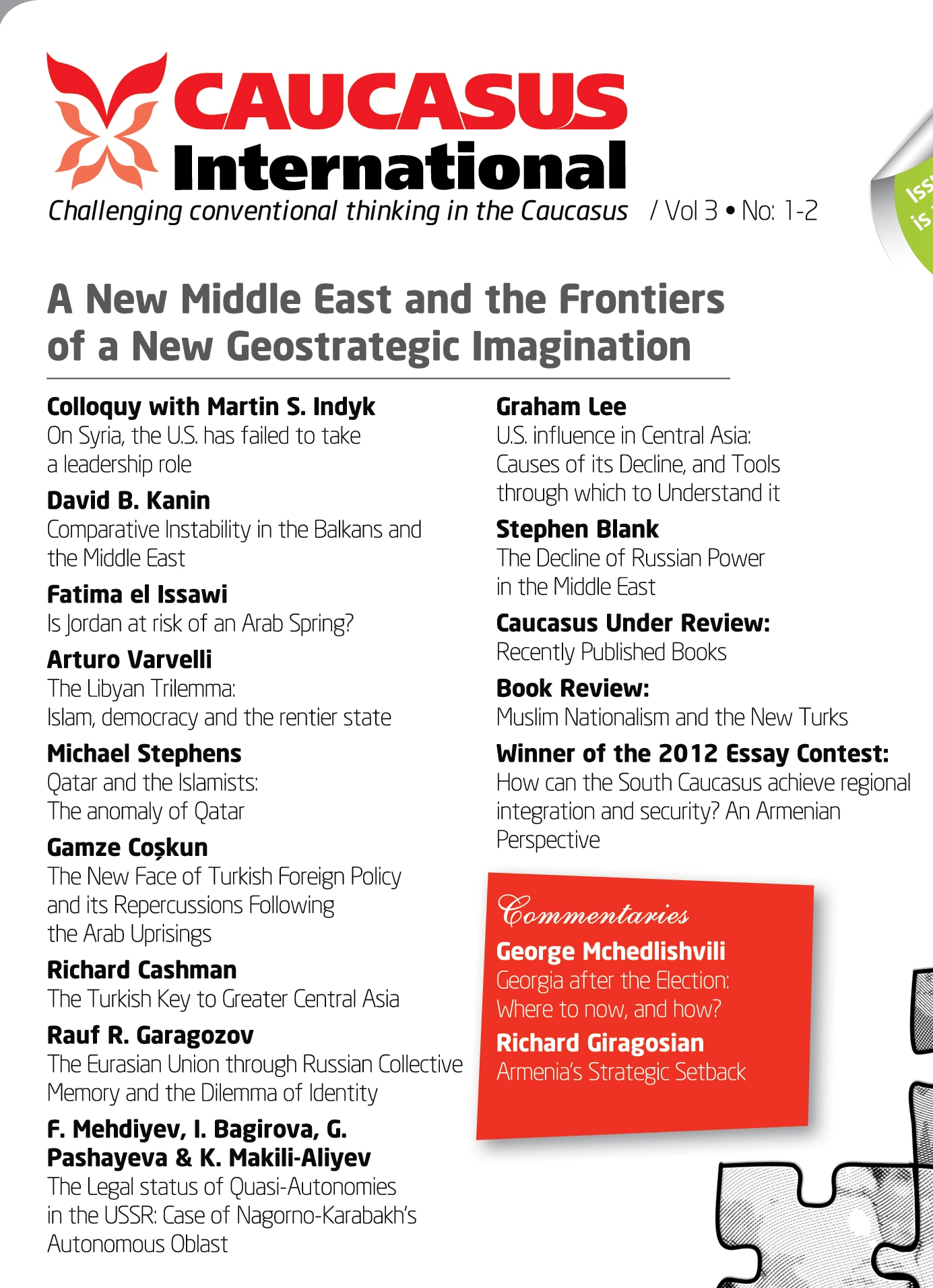The Legal Status of Quasi-Autonomies in the USSR: Case of Nagorno-Karabakh’s Autonomous Oblast
The article examines the legal status of Nagorno-Karabakh’s Autonomous Oblast (NKAO) - one of the quasiautonomous entities in the former USSR. It begins with a brief historical background which provides the reasoning behind the establishment of autonomy in Nagorno-Karabakh when Azerbaijan became part of the USSR. Subsequently, the authors review the level of autonomy of NKAO, focusing on the changes achieved through the consecutive USSR and Azerbaijani SSR constitutions. The research shows that the complex and entangled hierarchy of the Soviet Union governance had a formal legal structure reflecting the strictly centralized nature of the state, and a parallel political structure in the form of the communist party and all its branches and bodies that exercised the actual power and decision-making. In this context the decentralization of power in the form of autonomy was a myth, and the quasi-autonomy in Nagorno-Karabakh was subject to the same system of centralized decision-making as any other administrative unit in the Soviet Union. That said, the authors argue that the Nagorno-Karabakh Autonomous Oblast and its population received the same treatment as any other place in the USSR precisely due to the aforementioned regime. The discrimination towards autonomy by the authorities of Azerbaijani SSR was simply impossible due to the centralized decisionmaking and bureaucratic formality from Moscow, which precluded real legislative and administrative decentralization of power
Latest news
- 03/17/2020 Call for Submission: “Non-Alignment Movement and Its Perspective in International Affairs”. Deadline: 1 July 2020 2626 views
Popular articles
- 02/24/2020 The Role of Irredentism in Russia’s Foreign Policy 2536 views
- 02/24/2020 Construction of sub-national identity vis-à-vis parent state: Gagauz case in Moldova 2218 views
- 02/24/2020 The Conflict in Ukraine - The Geopolitics of Separatism and Divergent Identities (Commentary) 2072 views
- 02/24/2020 The Role of the Soviet Past in Contemporary Georgia 2044 views





